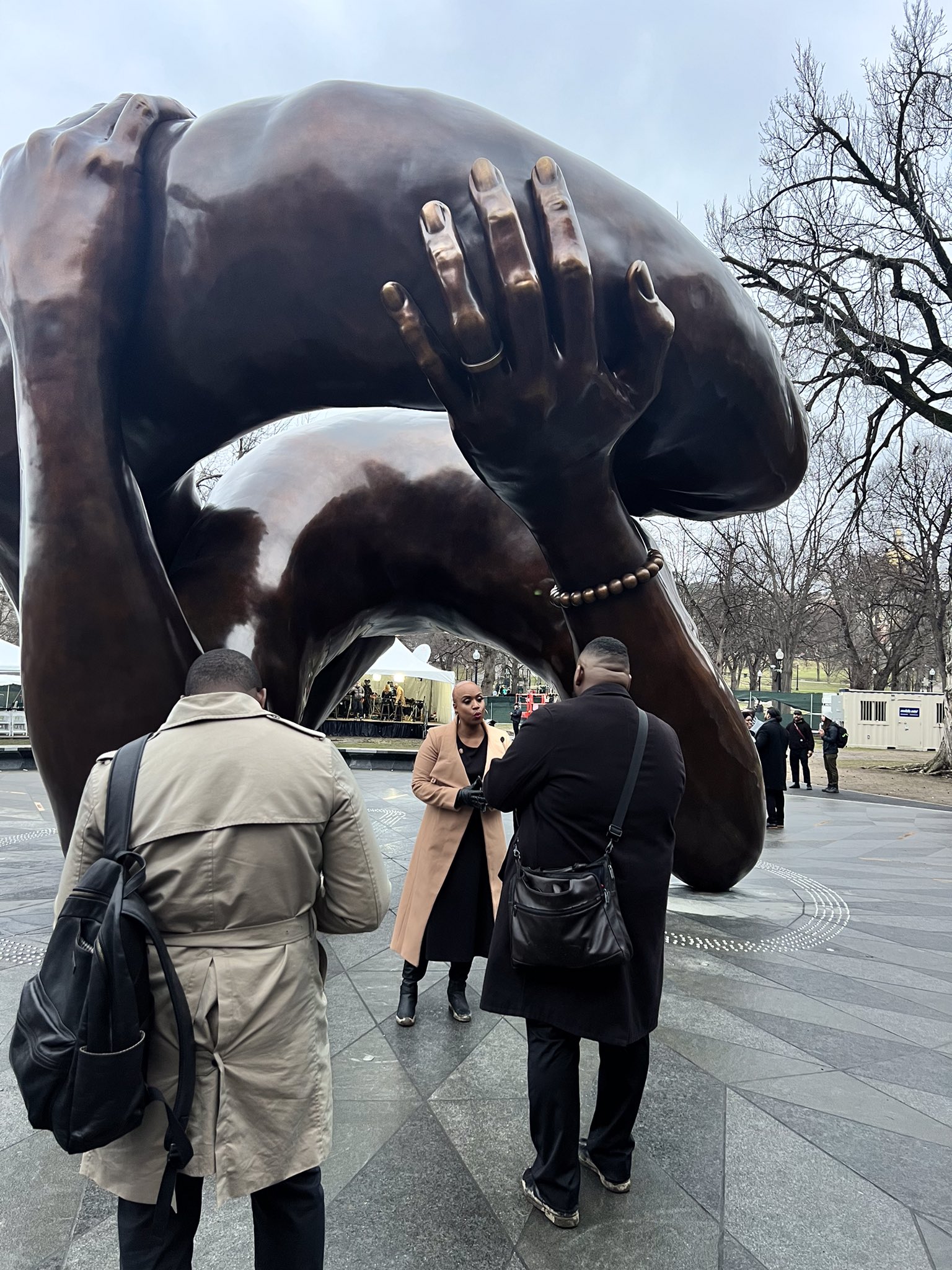Moving to another country can change how you see your homeland. One of the changes, for me, was the horrifying realization that I had under-estimated the degree to which everything in the United States is set up to funnel money to an ever shrinking number of aristocrats. I knew that that was the case, but I guess maybe I just hadn’t fully realized what that meant. Part of that change was just me learning more about politics, history, and how the world works, which wasn’t due to the move, but I hadn’t expected just how much the lack of worry over medical bills would change my life. It was your standard “weight lifted from my shoulders” situation, but I hadn’t even realized the weight was there. There have been a couple other moments like that, though not as life-changing as universal healthcare, and I also think the pandemic did a great job of forcing our rulers to show how little they valued our lives.
There were, however, some exceptions. Even as pundits and politicians ranted about how important it was for people to “get back to work”, a couple measures were passed that nearly cut U.S. child poverty in half. The bigger one of those was an expansion to the child tax credit, which gave parents monthly checks to help with the ever-rising cost of having children in the Land of the Free. The smaller one was an expansion to the free school lunch program that made it universal. Both of those are now expiring, and child poverty could be about to just about double as a result, back to where it was pre-pandemic. It’ll take some time to figure out exactly how much harm this will do, but we already know that the rough answer will be “a lot”.
For the first time in half a year, families on Friday are going without a monthly deposit from the child tax credit — a program that was intended to be part of President Joe Biden’s legacy but has emerged instead as a flash point over who is worthy of government support.
Retiree Andy Roberts, from St. Albans, West Virginia, relied on the checks to help raise his two young grandchildren, whom he and his wife adopted because the birth parents are recovering from drug addiction.
The Robertses are now out $550 a month. That money helped pay for Girl Scouts, ballet and acting lessons and kids’ shoes, which Roberts noted are more expensive than adult shoes. The tax credit, he said, was a “godsend.”
“It’ll make you tighten up your belt, if you’ve got anything to tighten,” Roberts said about losing the payments.
The monthly tax credits were part of Biden’s $1.9 trillion coronavirus relief package — and the president had proposed extending them for another full year as part of a separate measure focused on economic and social programs.
But Democratic Sen. Joe Manchin, from Roberts’ home state of West Virginia, objected to extending the credit out of concern that the money would discourage people from working and that any additional federal spending would fuel inflation that has already climbed to a nearly 40-year high.
I think Manchin does own a lot of blame here, but it’s worth noting that Democratic leadership has proven wholly unwilling to play hardball with Manchin. They could fund pro-labor campaigning in West Virginia, which would undermine Manchin’s power, but they’re not pro-labor, so they won’t do that. They could run political ads about how Manchin’s daughter was personally involved in jacking up EpiPen prices, and how the whole family routinely hurts West Virginians for personal profit, but they don’t want to, for some reason. Whatever their reasons, they’re apparently more important than ending child poverty in “the richest nation in the world”. I’ll have another post up today that will look at one of the reasons why that might be, but regardless, the people governing our country, as a group, have chosen that more children need live in poverty and go hungry, and they have chosen to increase the uniquely USian problem of school lunch debt.
You know those snickers ads? Some person is out of place – Betty White on a construction site, or a bigfoot at a business meeting – and then they’re given a snickers, and they’re just a construction worker or office worker. The tagline is something like “you’re not you when you’re hungry”? It’s an acknowledgement of the well- known fact (as part of trying to get some of your money), that doing just about everything is harder – physically and emotionally – when you are hungry. That’s especially true for children, both because they are actively growing, and NEED those calories to literally build functional bodies, and because their perception of time is so different – an hour of a child’s life is a much, much larger proportion of their total experience than an hour of an adult’s life. Spending a whole school day hungry, and being required to focus, work, and behave, is damned close to torture in my opinion.
As usual, Beau of the Fifth Column has some good thoughts on the issue:
Let’s be clear – there is no choice here. Parents are required by law to have their kids in school, and they are required by our economic system to spend most of their waking hours working, usually for someone else’s profit, just to cover food, shelter, and other necessities. Why should they also be required to pay for food, especially at a public school? There is no good reason, but there are some bad ones. “Personal responsibility” is probably the most vapid, with some form of eugenics being the most sinister, but I think it’s more that school lunches are a way to funnel money from everyday folks to the eternally greedy upper class, and those at the top sincerely believe that they need to use poverty to motivate people to work.
I suppose that’s true, to an extent. You do need some form of coercion to get a person to spend most of their energy and waking hours working for the profit of someone else, be it the violent enclosure of the commons that created and enforced the modern default of selling labor to a rich person for survival, or the current threat of poverty or houselessness, and the lowered quality and duration of life that come with both.
I want to leave you on a rather grim note. You know how the U.S. is increasingly putting cops in schools? And how that is causing a lot of harm to kids in general, and disproportionally to black kids? Now add more hunger to that. I talked earlier about how hunger affects people, children included. Short tempers, physical discomfort, tiredness – it all comes from a lack of fuel. The body literally does not have the materials it needs for you to function well. And we are dramatically increasing the number of children who will be hungry, in schools that have been dramatically increasing their use of police to deal with the fact that children are children. It’s as if they are deliberately creating conditions that they know will lead poor, non-white, and disabled kids in particular to be criminalized for even minor “behavioral problems”.





